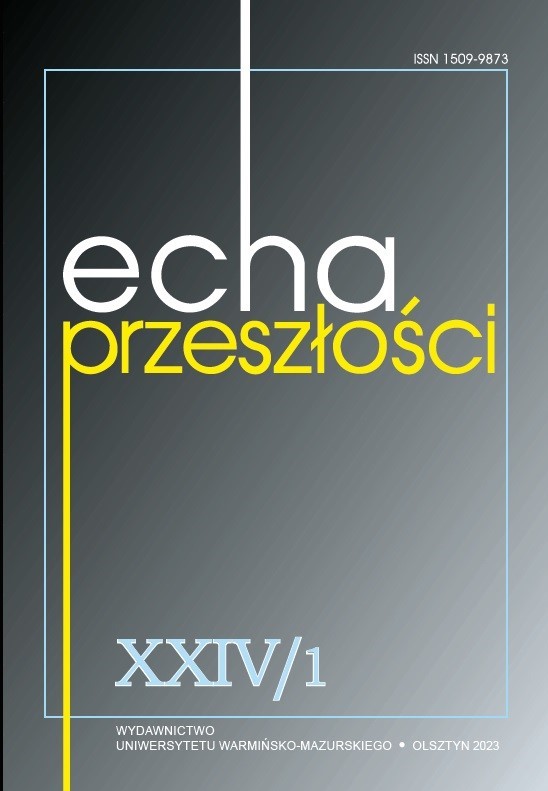Communism and communists towards the intelligentsia in interwar Poland. An outline of the issue
Communism and communists towards the intelligentsia in interwar Poland. An outline of the issue
Author(s): Karol SacewiczSubject(s): Interwar Period (1920 - 1939), History of Communism
Published by: Wydawnictwo Uniwersytetu Warmińsko-Mazurskiego w Olsztynie
Keywords: Communism; communists; intelligentsia; Lenin; Trotsky; Stefan Wyszyński; revolution; crypto-communists; united-fronters; poputchiki;
Summary/Abstract: As a section of the Comintern and a de facto Soviet agent, the Communist Workers’ Party of Poland (CWPP), and subsequently the Communist Party of Poland (CPP), aimed to effect a revolt of the masses – a revolution – which would culminate in making the dictatorship of the proletariat a real- ity. Holding hegemonic power, the Communists would thus be able to carry out Moscow’s imperial plans in the guise of Communist slogans and ideals. In that struggle, the communist party active on the territory of the Second Republic of Poland, as well as all sections of the Comintern, relied primar- ily on the working masses, on the proletariat, and with time found support among the landless and rural smallholders: groups which were susceptible to the most extreme revolutionary slogans. Or was there a place for another force, namely the intelligentsia? What positions with regard to the latter were adopted by the Bolsheviks in Russia, the principal ideologists of the Soviet mir and, by virtue of the CWPP/CPP’s subordination to Moscow, by the communist parties in Poland? This is precisely what this text is concerned with: the varying, fairly flexible policy of the communists towards the intelligen- tsia, which nonetheless was always calculated to serve the interests and goals of Moscow. One rather important detail should be noted here. The intelligentsia in question was neither a homogeneous group in terms of its social, political or economic views nor was it a national or religious monolith; on the contrary, it was characterized by numerous dividing lines, which is why applying a uniform yardstick to assess its attitudes towards communism and vice versa would be erroneous. Hence, this study only outlines and critically discusses the chief directions adopted by the communist party in its treatment of the intelligentsia, as well as the selected modalities of the latter’s approach to communism: from negation, through conformist subservience, to total subordination. All the same, it is merely a voice in the scholarly debate that should continue.
Journal: Echa Przeszłości
- Issue Year: XXIV/2023
- Issue No: 1
- Page Range: 149-170
- Page Count: 22
- Language: English

